Japanese Stocks Rebound from Worst Crash, But Global Markets Are Struggling to Recover
On Monday, August 5, Japanese stocks faced their largest single-day loss in history. The Nikkei 225 index plunged by a staggering 4,451 points, marking a more than 12% decline in just one day.
This significant drop pushed the index into bear market territory, with a total loss of 25% since early July.
Echoes of Black Monday
Neil Newman, head of strategy at Astris Advisory, drew parallels to “Black Monday” in October 1987. “That was a crash. It smelled like 1987,” Newman told CNN.
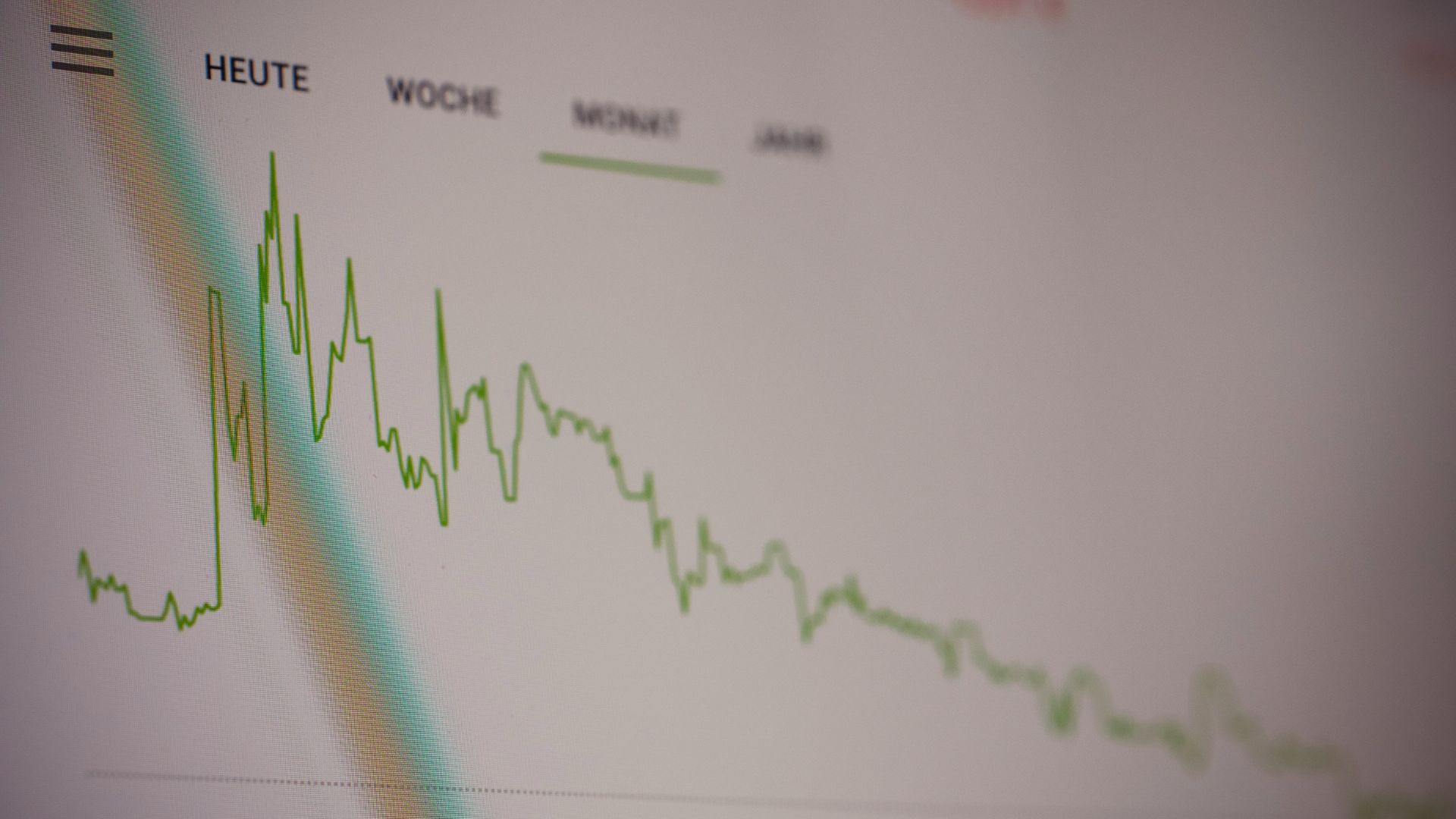
Source: Markus Spiske/Unsplash
The global markets were similarly rattled then, with the Nikkei losing 3,836 points in a single day, showcasing the severity of the current market turbulence.
Weakening the US Dollar
The Nikkei stock index dropped nearly 12%, briefly weakening the power of the US dollar by nearly 5 yen from the end of July.

Source: Startup Stock Photos/Pexels
Speculation has been growing for some time that the Federal Reserve will significantly cut interest rates in September, but many worry that a US recession is on the horizon.
US Markets Brace for Impact
The ripple effects were felt across the globe, with Wall Street’s Dow Jones set to open 1,000 points lower. The S&P 500 dropped 3%, its sharpest one-day decline since September 2022, and the Nasdaq Composite fell by 3.4%.

Source: StockSnap
The CBOE Volatility Index — Wall Street’s “fear gauge” — soared to its highest level since the COVID-19 pandemic.
Tech Stocks Take a Hit
Large tech companies, which had been driving much of the market rally earlier in the year, were hit particularly hard.
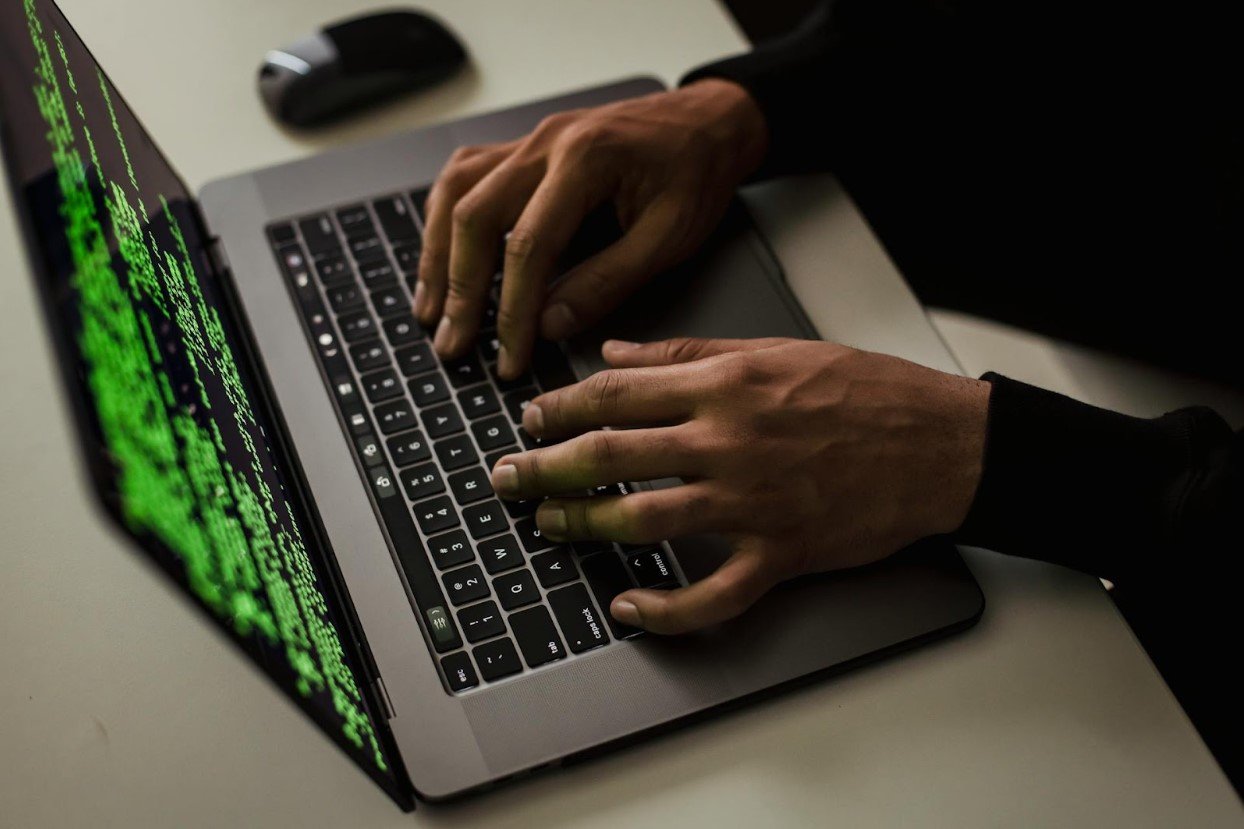
Source: Sora Shimazaki/Pexels
Nvidia’s shares plummeted by as much as 15% during early trading before closing down 6%. This broad-based sell-off affected over 95% of stocks in the S&P 500, indicating widespread investor anxiety.
Global Sell-Off
The sell-off wasn’t confined to the US and Japan, either. The benchmark for South Korea’s Kospi fell 8.8%, with Australia’s S&P/ASX falling 2.5%.
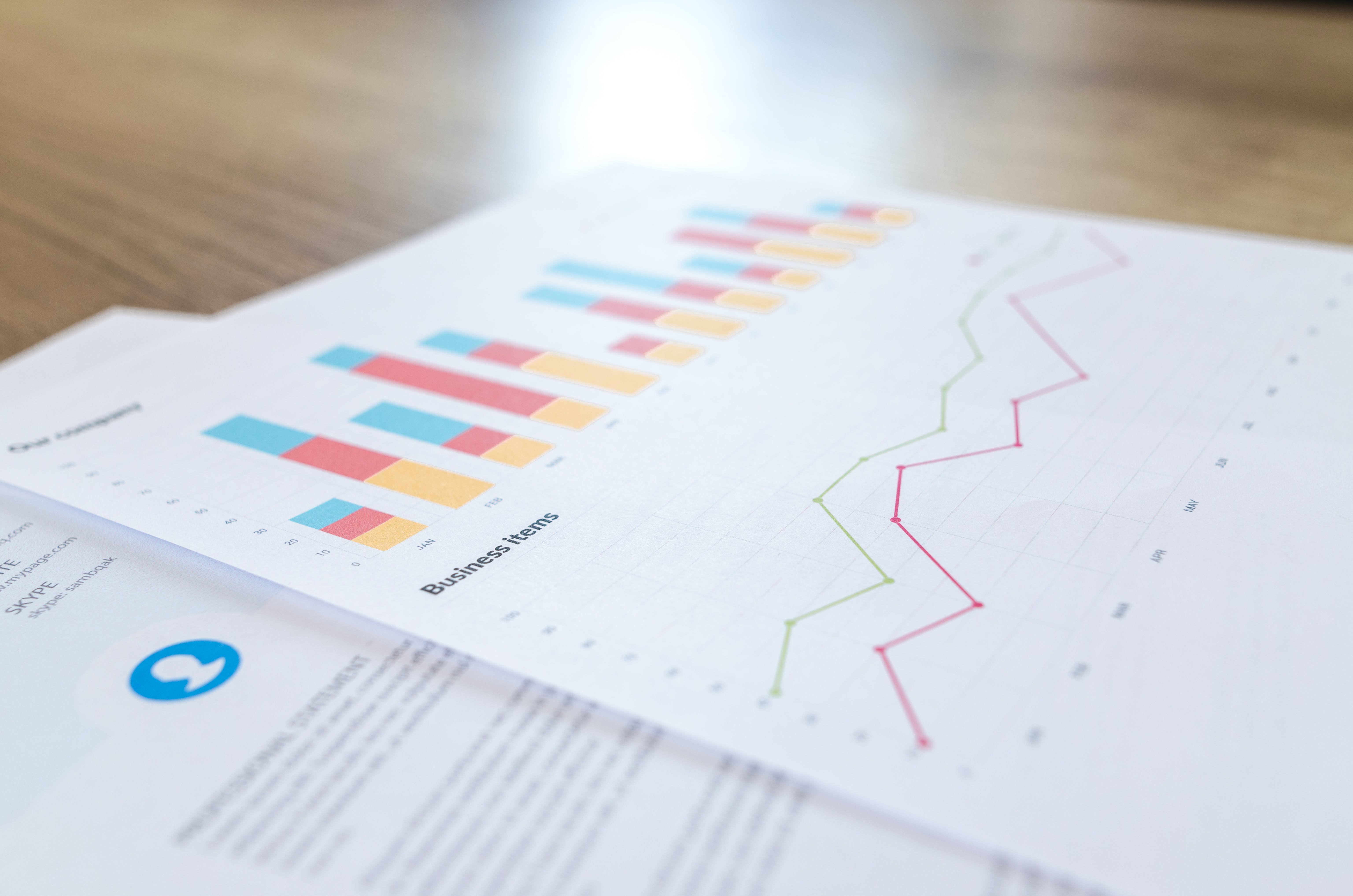
Source: Lukas/Pexels
In Europe, the Stoxx Europe 600 shed 2.2%, and the UK’s FTSE 100 fell 2%. The global market rout underscored the interconnectedness of modern financial systems.
The Culprit Behind the Crash
Analysts believe that another contributing factor to the falling share prices was carry trades. Carry trades are when investors borrow money from a country with low interest rates and a relatively weak currency. Investors then take those funds and place them where they are likely to yield a high return.
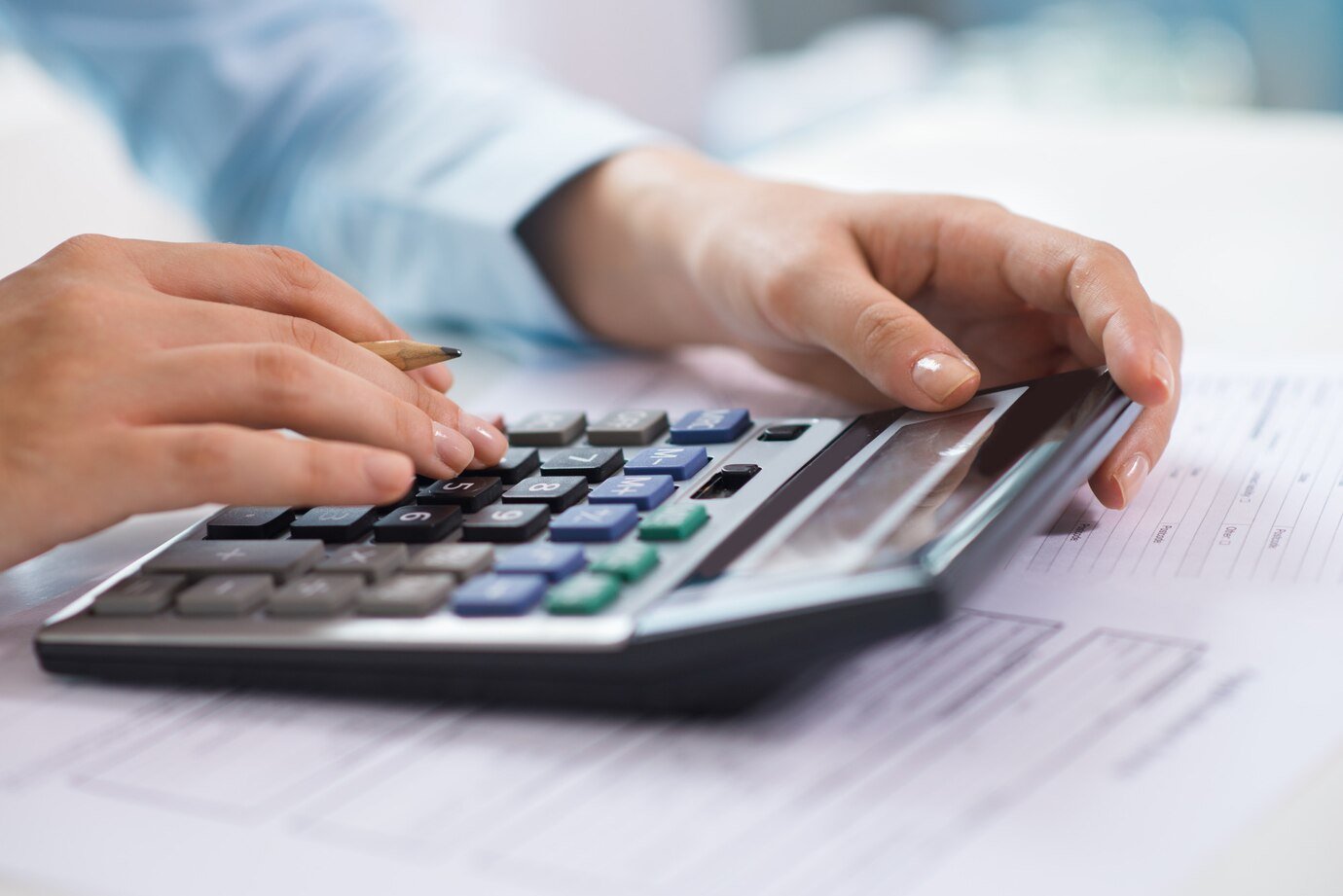
Source: katemangostar/Freepik
Many investors have been selling stocks to repay those loans as their costs have risen with stronger yen and higher interest rates.
Investors Start to Worry
As the surge in the financial market has made asset pieces change rapidly in an unpredictable way, a storm is brewing and many investors are trying to take cover.

Source: Moose Photos/Pexels
“The surge in financial market volatility was the result of a perfect storm of macro and market shocks at a time when risk assets were already overbought and overstretched,” BMI, a unit of Fitch Solutions, said in a report (via the Associated Press).
US Interest Rates Hit a High
The US dollar gained against the yen and other currencies because the Federal Reserve raised its own benchmark rate to a two-decade high.
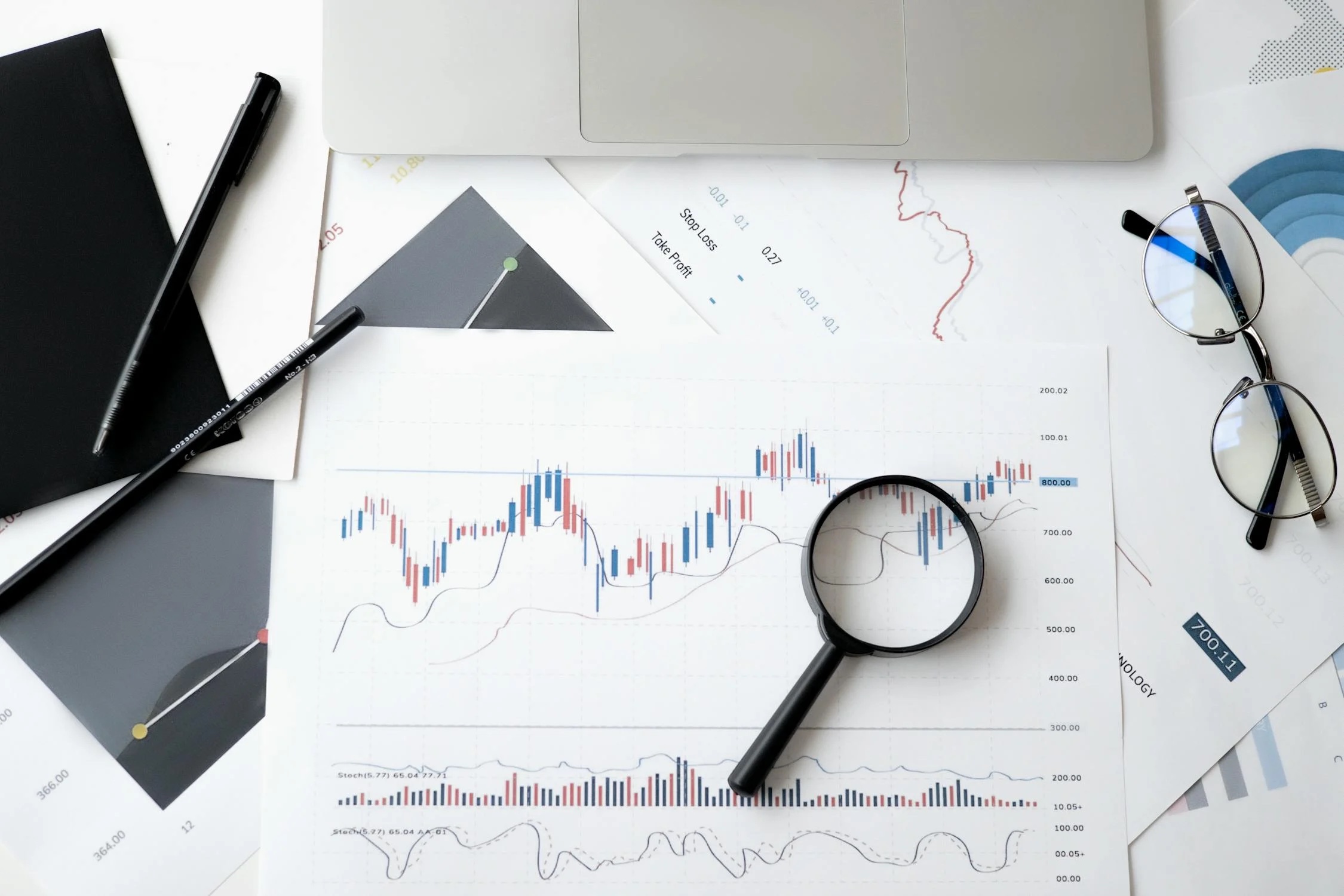
Source: Anna Nekrashevich/Pexels
The Federal Reserve hopes that raising interest rates would help cool the economy that was overheating in the post-pandemic era. As the economy grew weaker, with signs pointing to a recession, the Feds may be ready to cut rates.
Japan’s Reliance on US Dollar
At the same time that high interest rates were helping cool the American economy, the weaker yen helped push higher costs in Japan, which depended heavily on imports of food, fuel, and other necessities.
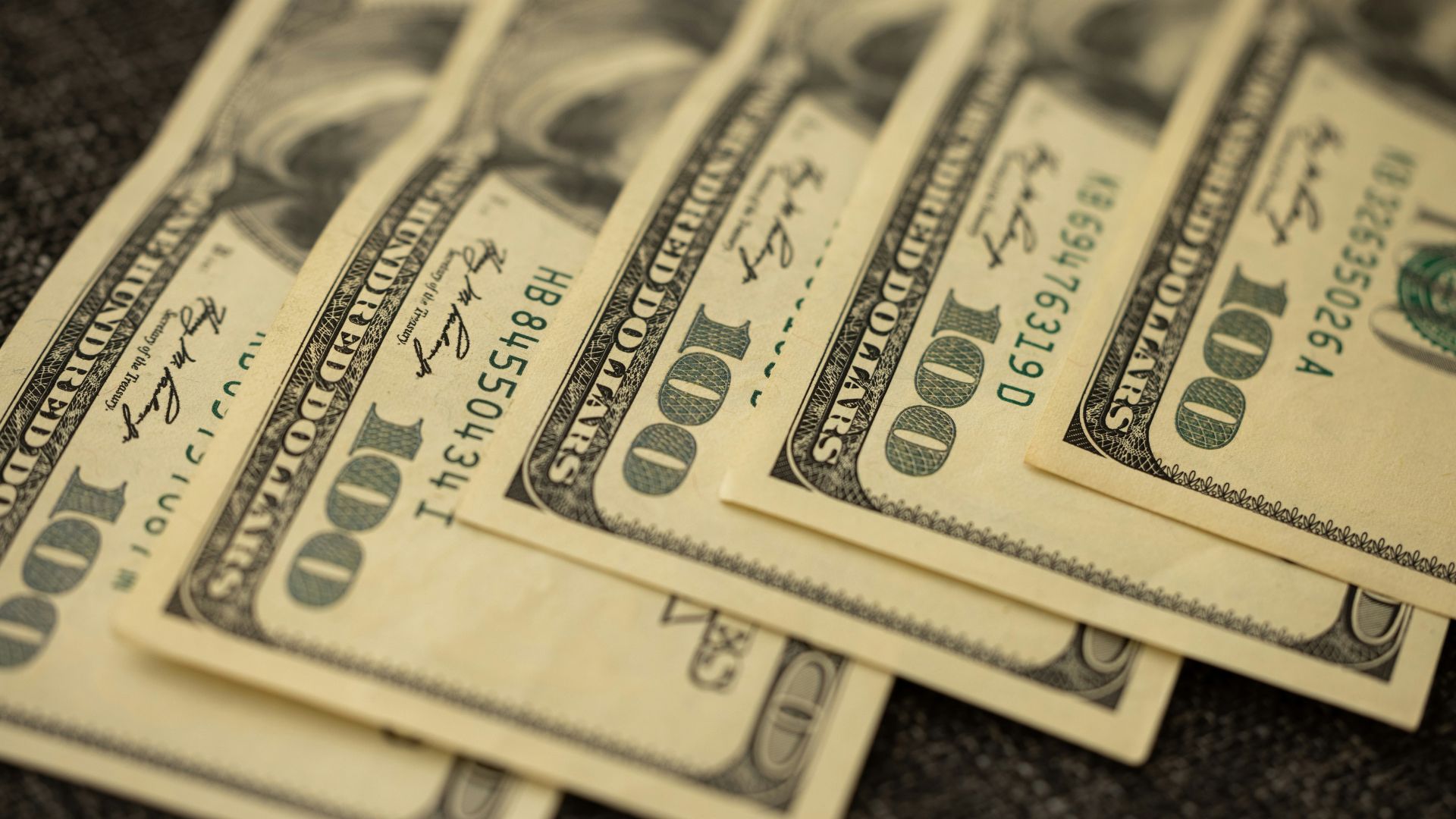
Source: engin akyurt/Unsplash
In its update to Japan’s economic outlook, the central bank said it would “accordingly continue to raise the policy interest rate and adjust the degree of monetary accommodation.”
Caught in a Bind
The Bank of Japan and the Federal Reserve find themselves in a bind as investors panic to pull out to pay off their loans.

Source: Sorasak/Unsplash
“The BOJ is arguably in a greater bind, struggling to credibly backtrack on hawkish guidance that has flown out of control, triggering an unintended Nikkei tailspin,” Vishnu Varathan of Mizuho Bank said in an analysis.
Cryptocurrency Market Impact
Even the cryptocurrency market wasn’t spared. Bitcoin prices fell 14% at one point to $53,789, while ether dropped as much as 21% to $2,390.
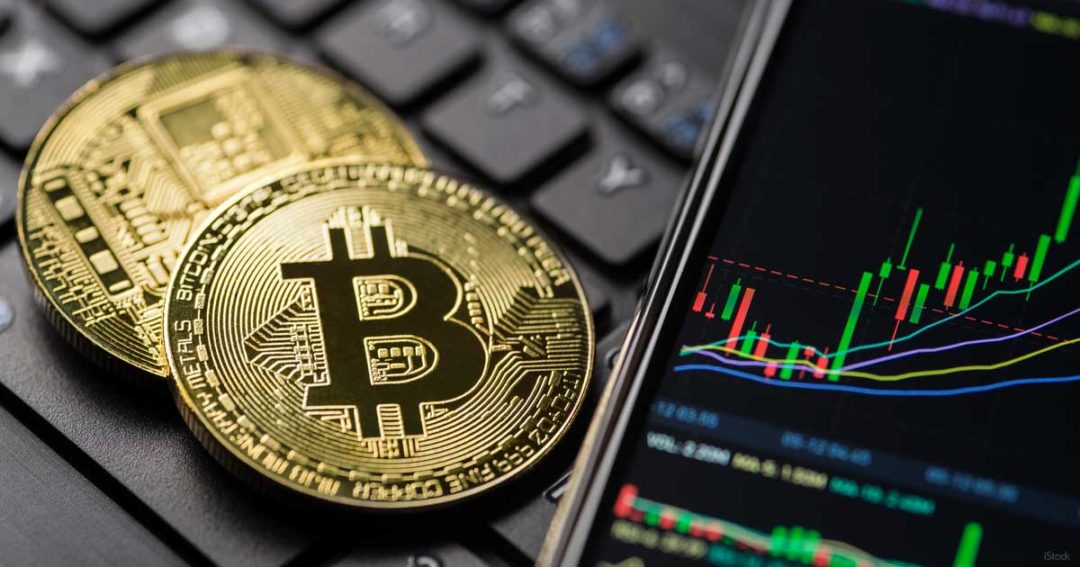
cumberlink.com
By mid-afternoon, bitcoin was down 8% and ether 11%, illustrating the widespread panic and volatility affecting all asset classes.
Rebounding Efforts
Japanese shares showed resilience the next day, with the Nikkei 225 finishing 10% higher and the broader Topix closing up around 9%.

Source: Freepik
Despite this recovery, analysts from UBS Chief Investment Office warned that it might be premature to conclude that the market had hit rock bottom, citing potential future volatility.
Federal Reserve’s Role
Priya Misra, a portfolio manager at JPMorgan, described the situation as a “market tantrum” driven by fears that the Federal Reserve had been too slow to respond to signs of a weakening US economy.
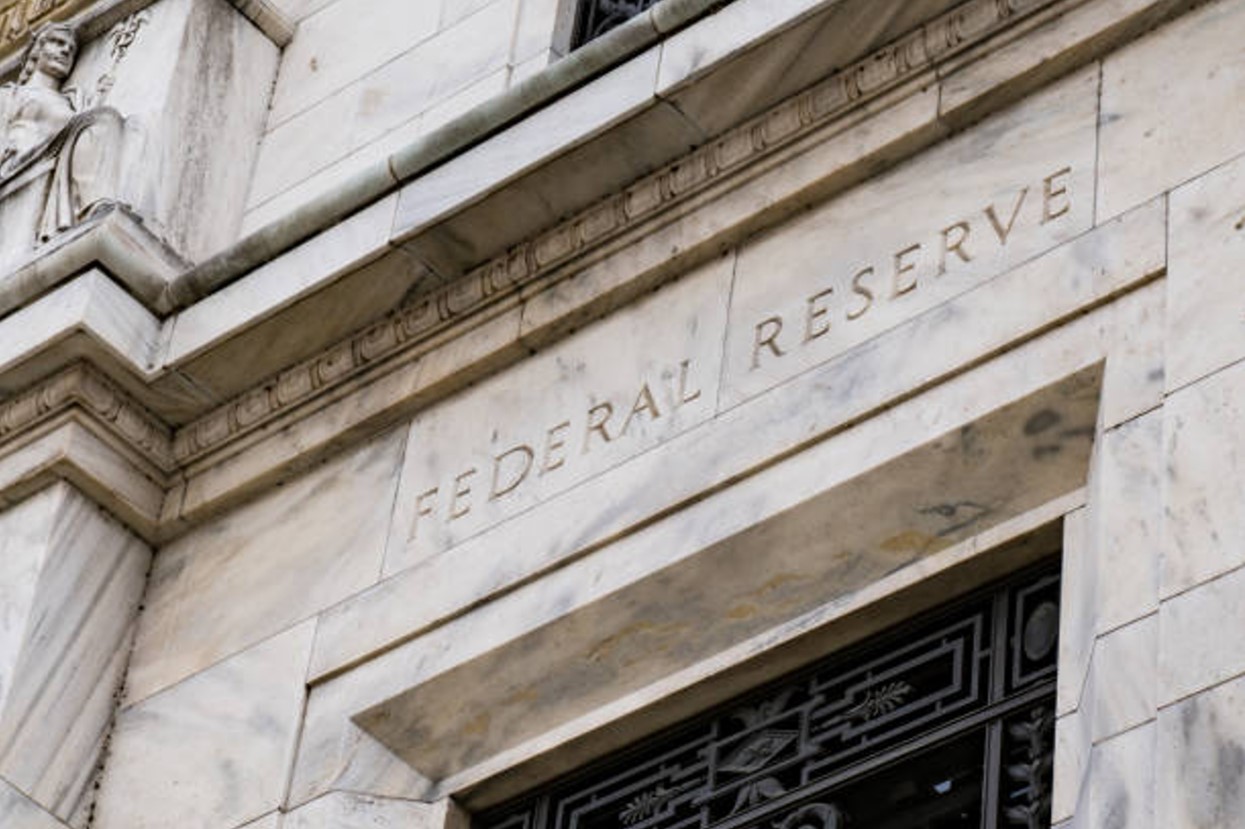
Source: iStock
Market speculation about rapid interest rate cuts added to the uncertainty, with expectations of significant cuts over the Fed’s final three meetings of the year.
The Yen Carry Trade Unwind
The unwinding of the yen carry trade significantly contributed to the sell-off. Traders had taken advantage of Japan’s low interest rates to borrow in yen and buy riskier assets.

Source: Freepik
As the yen strengthened, these trades were quickly unwound, exacerbating market turbulence.
Warren Buffett’s Moves
Adding to market pressure, Warren Buffett’s Berkshire Hathaway disclosed that it had halved its position in Apple during the second quarter while raising its cash position to a record $277 billion and buying Treasuries.

Source: Freepik
This move by a prominent investor likely spooked retail investors, leading to further sell-offs.
Political Reactions
The market turmoil quickly became a political issue. Former President Donald Trump took to Truth Social to criticize the Biden administration and Kamala Harris, labeling the downturn as the “Kamala Crash and Great Depression of 2024.”
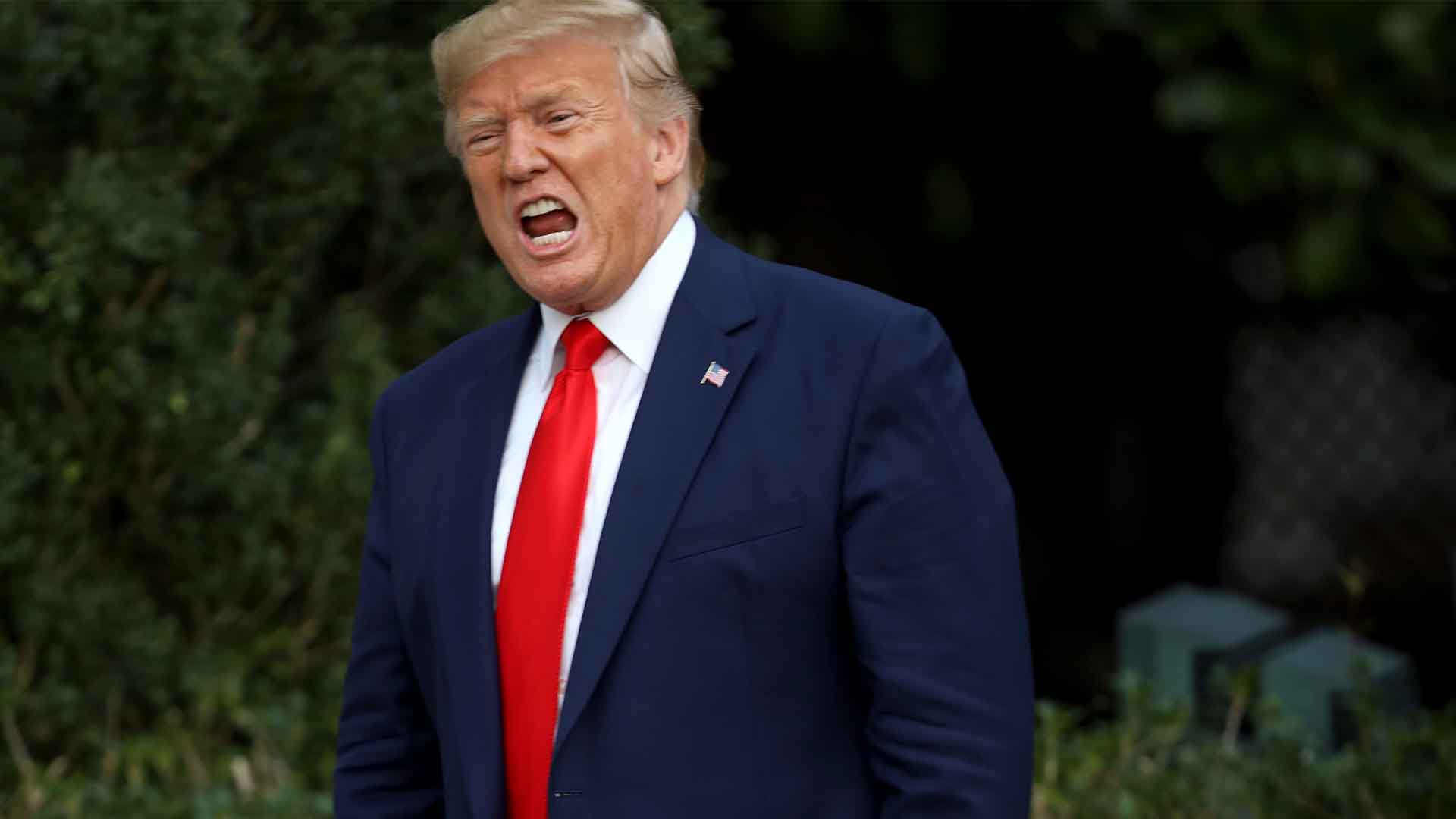
Source: Win McNamee/Getty Images
This political rhetoric added another layer of complexity to the financial landscape.
Looking Ahead
Despite the rebound in Japanese shares, the market outlook remains uncertain. The Bank of Japan’s recent interest rate hikes have raised questions about future monetary policy, and the stability of the US dollar against the yen continues to be a concern.
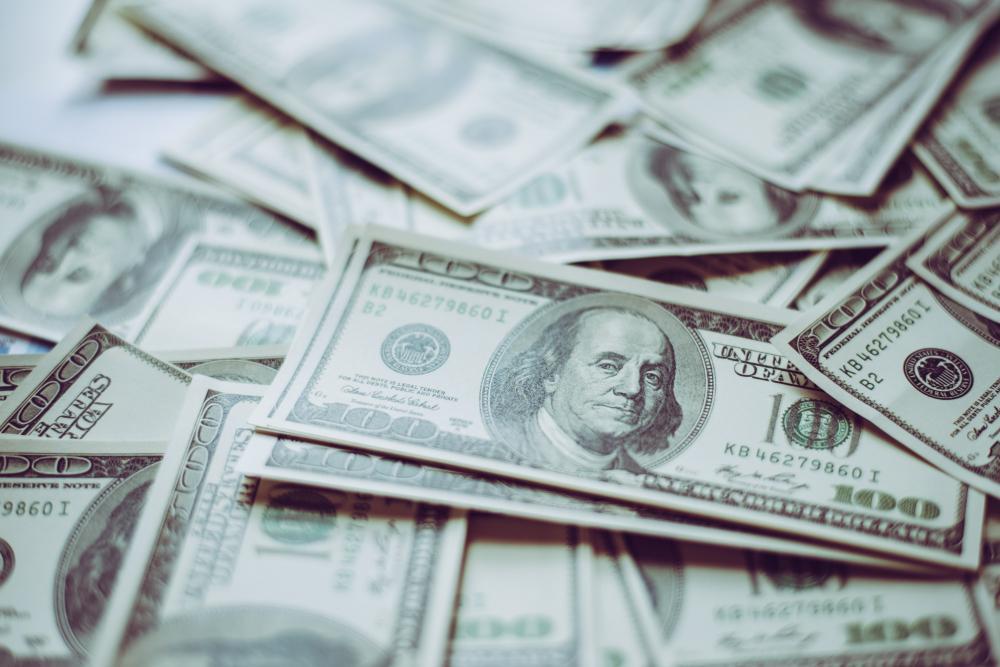
Source: Freepik
Investors are watching closely, awaiting further economic indicators and central bank actions.
Rebounding from the Crash
The day after Japanese stocks crashed, shares rebounded the next day to claw back some of the losses from the previous day.

Source: Aleksandar Pasaric/Pexels
Nikkei 225 index finished 10% higher and the border Topix closed around 9% up. Elsewhere in Asia, South Korea’s Kospi rebounded by 3.3%, while Taiwan stocks gained 3.4%. However, Hong Kong’s Hang Seng Index, which closed later, was down 0.3%.
Combination of Fears
The mini-crash of Monday’s market sessions seemed to be a result of a combination of fears surrounding the slowdown of the US economy, rising Japanese interest states, and the crumbling tech stock.

Source: Freepik
The world felt the impact of the meltdown, but many markets refocused and recovered as much as possible the next morning.
Improvements in the Market
In the US, stocks were set to open higher. S&P 500 futures were up 0.4% and Nasdaq futures were up 0.3%.

Source: Wikipedia
In Europe, some of the losses were recouped on Tuesday, but they ticked down by late morning. The Stoxx 600 index, the region’s benchmark, was trading 0.3% down on the day by 5.53 a.m. ET, having lost 2.2% the day before. London’s FTSE 100 edged 0.3% lower at the same time.
“The Economy Is Doing Fine”
Neil Newman, head of strategy at Astris Advisory in Tokyo, told CNN that a bounce in the Japanese stock market is “typical after a market crash.”
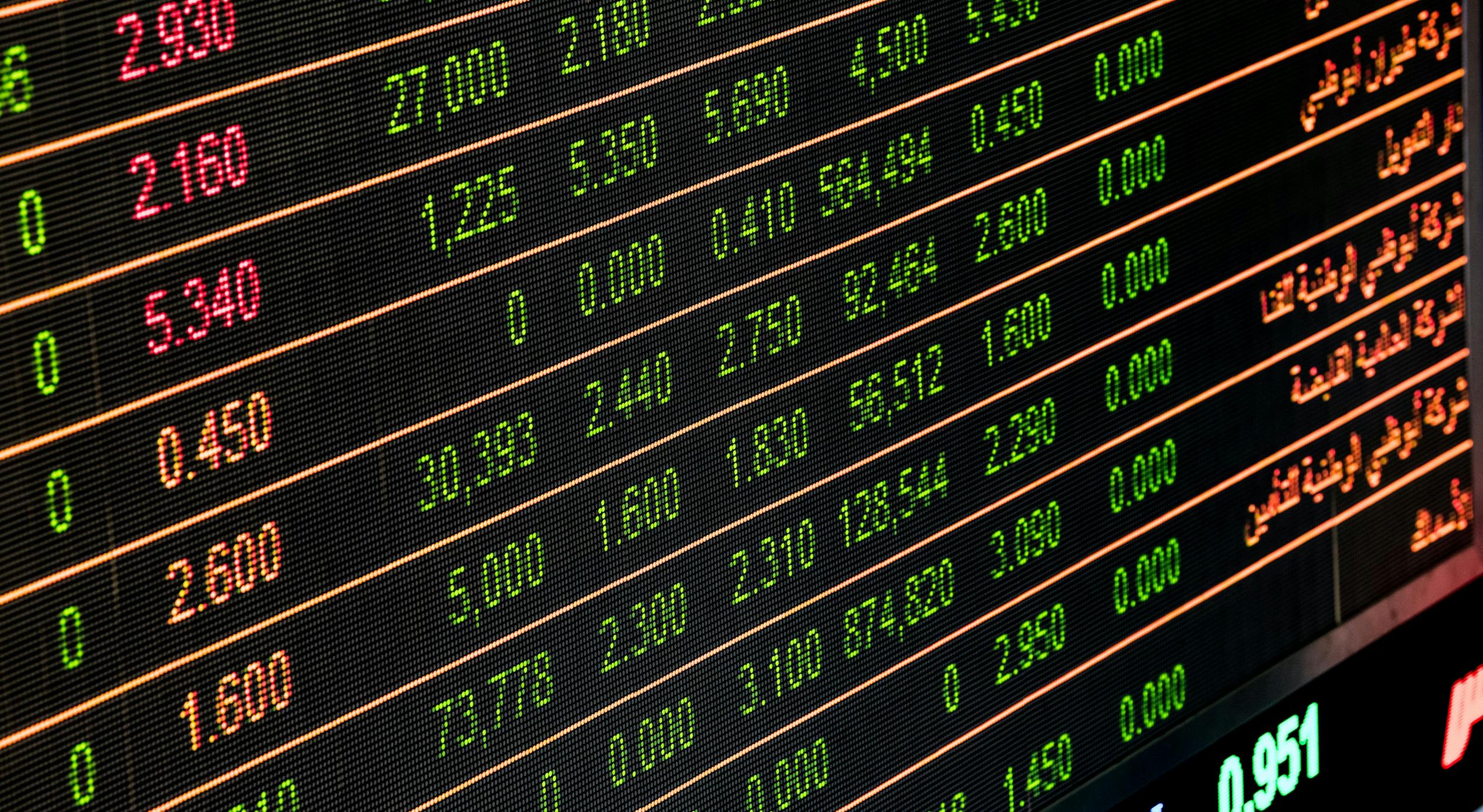
Source: Pixabay/Pexels
“Importantly: Fundamentals are sound, the economy is doing fine, and there is no evidence of abandoning Japanese equities,” Newman reassured.
Recovery Won’t Happen Until Later This Year
The short-term crater in the stock market sparked a conversation regarding the US dollar and the Japanese yen. While “it is too early to conclude that the Japanese stock market has hit a bottom,” analysts from UBS Chief Investment Office wrote in a research report Tuesday, they note that things will shift again.
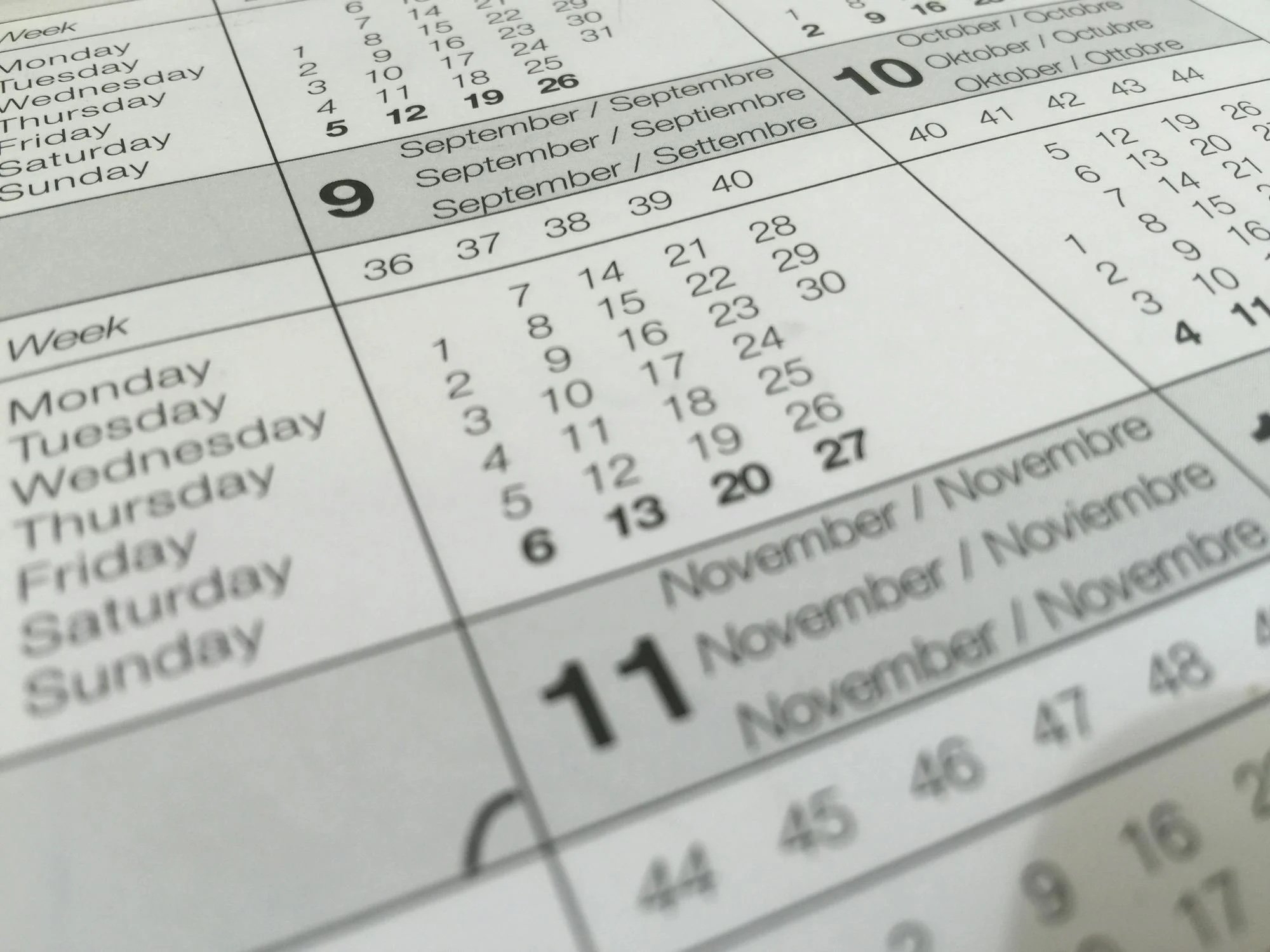
Source: Pixabay/Pexels
Recovery will most likely occur after Japanese companies report their first-half earnings in October or after the US presidential election in November.
Heading Toward a Recession
However, the fear of a US recession is still lingering throughout the US economy. The rapid trades involving the yen sent global markets into a tailspin. Who would say something like this won’t happen again?

Source: Freepik
“Much of the [market] downturn reflects concerns that the US may be heading for a recession,” said analysts from Moody’s Analytics in a note Tuesday.
